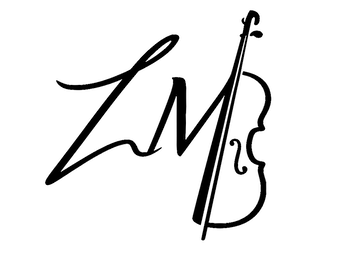AcClaV
Keyboard accompaniment by the violin, a forgotten practice (1730-1800)
Hervé Audéon, IReMus
Pierre Goy, HEMU - Vaud (project leader)
Jovanka Marville, HEMU – Vaud
Liana Mosca, violinist
Long neglected and now almost completely forgotten, the practice of keyboard accompaniment with strings spread progressively in Europe during the 18th century and continued until the 19th. This practice takes various forms: from ad libitum accompaniment, often improvised, to obbligato. It represents a fundamental stage in the development of the violin and piano sonata.
The project involves selected students in a process of rediscovering the performance techniques described in the sources and historical methods, both for keyboard and strings. The exploration and training aim to (re)bring to light a wide repertoire that is little known today, highlighting the writing methods and interpretative dynamics associated with keyboard accompaniment. Musical experiments conducted on original instruments or reproductions allow for a thorough understanding of the limits and potential of the interactions between keyboard and accompanying instruments.
The second phase of the project (AcClaV-2) focuses on Mozart's fortepiano and its relationship to the orchestra and improvisation. Thanks to the facsimile of a fortepiano built by Johann Andreas Stein in Augsburg in 1783, together with the instruments collected during the first phase of the project (AcClaV-1), it is possible to deepen the study of the violin repertoire and its evolution in the work of Mozart and his contemporaries. The project also continues the exploration of arrangements of orchestral compositions for keyboard with violin accompaniment, in a creative workshop in which instrumental combinations are created that evoke orchestral effects similar to those of the original scores.
Finally, we discuss the question of improvisation with violin accompaniment, paying particular attention to the accompaniments provided at the time to Sonatas by Haydn and Stepan originally conceived for solo keyboard. The analysis of these additions allows us to better understand their expressive value and to identify certain characteristics and compositional rules adopted in that context.
The upcoming courses will explore the repertoire from duets to chamber ensembles.

